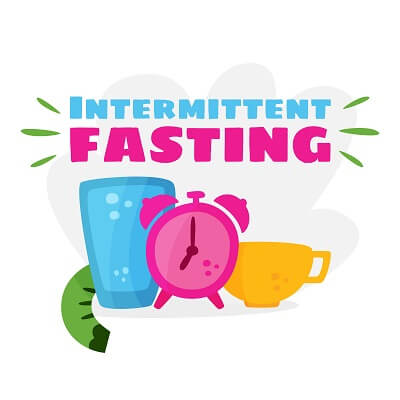Most people are used to consuming salt as a simple spice for your food. People find it to be an absolute necessity when cooking. We use salt so much, that you can almost instantly taste when salt hasn’t been added to your food. We are also told that too much sodium in our diet can raise our blood pressure, so we find ourselves struggling to find the perfect balance of salt – just enough to taste good without actually harming us. But it turns out, sodium isn’t just for the flavor, and it’s not as bad as we thought. In fact, it is an actual necessity for our bodies to function properly. A sodium deficiency can lead to all kinds of health problems such as, hypotension (low blood pressure), dizziness, and fainting.
How Sodium Functions Inside Your Body
Sodium actually works in tandem with potassium to maintain your cell’s integrity. Sodium is located outside of your cells, while potassium is a component found inside of your cells. They balance and regulate the liquid inside of your cell, because both components attract water. You probably get enough sodium in your diet just from the food you eat. But you need to make sure you’re getting the proper amount of potassium by eating foods like, bananas, potatoes, meat, and milk.
Hypotension and Dizziness
If the sodium and potassium levels in your cells get out of balance, it can cause a drop in blood pressure, which is known as hypotension. Low blood pressure means that blood isn’t properly pumping through your body, so your brain isn’t getting enough oxygen or nutrients. This will naturally result in lightheadedness, dizziness, and in extreme cases, fainting.








